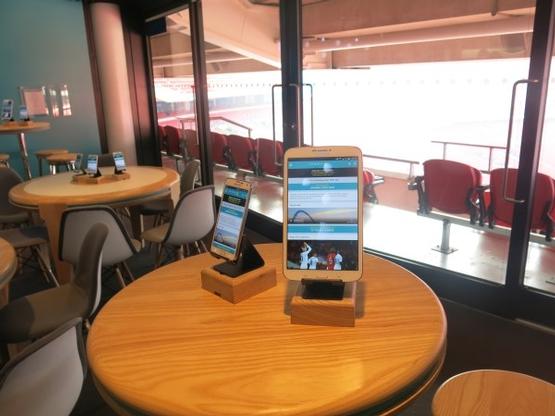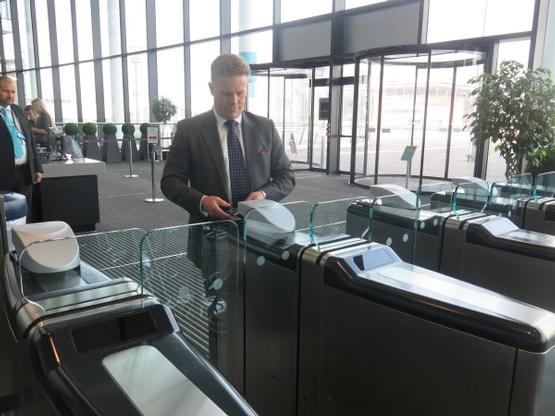Recently, Old Trafford, home to the Manchester United English football team, banned the use of iPads in their stadium; the item of technology isn’t even allowed into the arena. This choice was made, based in apparent suspicions of violating rights of privacy of millionaires on the field and in the boxes of the stadium. Coincidentally, another United Kingdom stadium has chosen to go in the very opposite direction, according to an article recently completed by Tech Radar.

iPads and tablets built into Wembley Soccer Stadium box seats.
Wembley, a new and improved rendition of the Old Wembley, has now been proclaimed as the mothership of technology in the entirety of the United Kingdom. Rob Ray, the Chief Technology Officer and the individual in charge of the implementation of technology into the stadium, has announced several ambitions for the project. Contactless payment is expected; in addition, iBeacons will allow a consumer’s ticket to be readied while the customer waits in line for the turnstiles. To finalize the technology implementations, the newly conceived Wembley app will be released in October for the England San Marino game; the app was created in the hopes of declaring Wembley as being on the cutting edge of technology.
When asked why Wembley decided to favor technology in light of Old Trafford’s choice against the platform, Ray declared that it is simply what the consumer’s want. Technology has become part of the sport experience, in Ray’s opinion; to deprive customers of such wouldn’t be meeting their needs. In addition to this, there is also the factor that Wembley serves as a venue for more than just football events. Concerts and various other events are held at the venue, and Ray feels it would not be fair to allow technology for only some of the events held at Wembley.

Guests can gain access to the stadium by scanning barcodes on their smartphones.
EE has served as the prominent brand of the stadium, paying an indiscriminate amount of money to fund one of the world’s greatest stadiums. EE sought to make the stadium the hub for the next generation of technology; EE wants customers to come and see how technology is going to be in the future. The biggest challenge in the task has been building massive pipelines and installing intelligence to manage heavy Wi-Fi traffic expectations of consumers.
For more Mobile and Soccer news, visit Eyal Yechezkell’s Facebook page, and follow Eyal on Twitter: @eyalyechezkell.